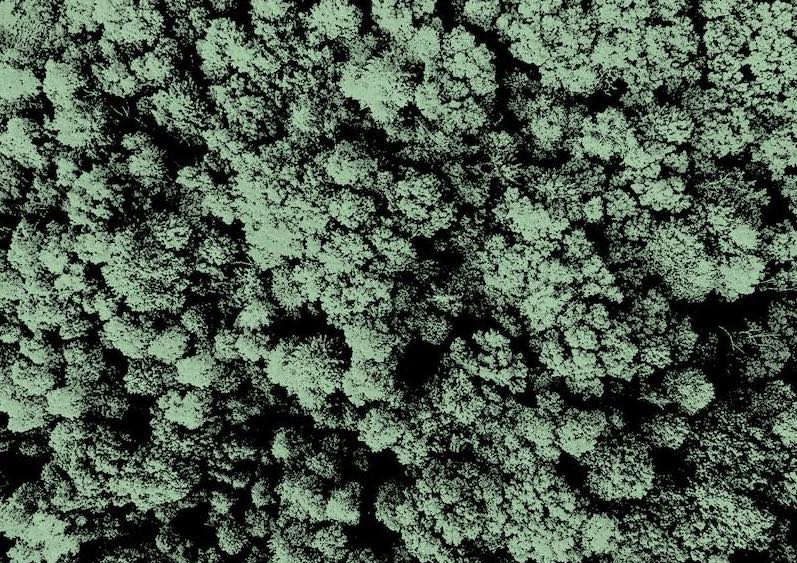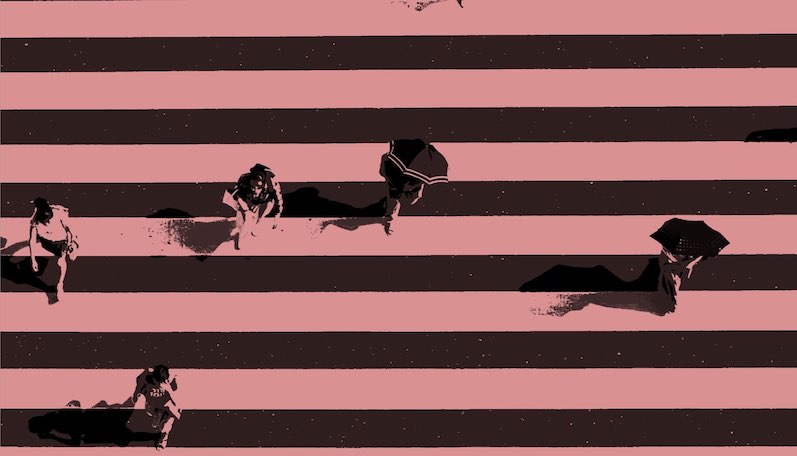What is it about?
The term schizotypy is used to describe a diverse range of characteristics symptomatic of schizotypal personality disorder and borderline personality disorder. This paper clarifies the relationship between schizotypy and religiosity by employing a multidimensional measure of prayer as a measure of religiosity.
Featured Image

Photo by engin akyurt on Unsplash
Why is it important?
Previous research on schizotypy and religiosity employed measures of religiosity that tap into the more organisational, institutional, and dogmatic aspects whereas this paper uses a measure that taps into the more spiritual dimensions of religion and thus clarifies the mixed findings reported in previous research.
Perspectives

There are mixed views on whether religion has positive or negative effects on mental health. To some religion is associated with delusional thinking whereas for others it can lead to great spiritual insights. This article looks at the association between religion and mental health from a scientific perspective and I hope it throws some light on the relationship.
Michael Breslin
Read the Original
This page is a summary of: Schizotypy and Religiosity: The Magic of Prayer, Archive for the Psychology of Religion, February 2015, SAGE Publications,
DOI: 10.1163/15736121-12341300.
You can read the full text:
Contributors
The following have contributed to this page








